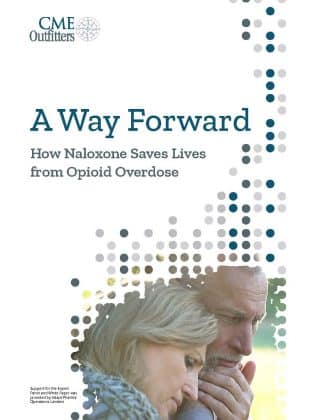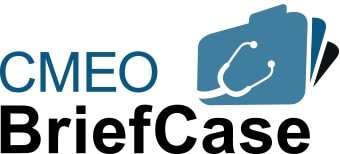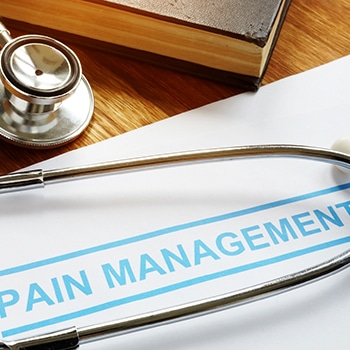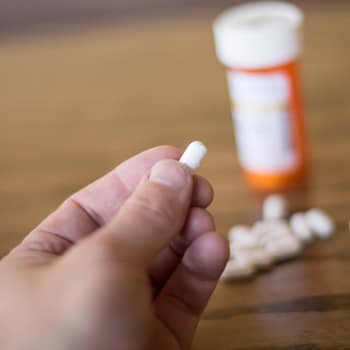Welcome to the Pharmacy Opioid Education Hub
 Pharmacists are important stakeholders in changing the course of the opioid crisis. As health care providers at the point of opioid dispensing, pharmacists wear many hats. Technology built in to clinical workflow combined with relationships built with community residents give pharmacists the ability to identify “red flags” in prescribing—high doses of opioids, multiple prescriptions from multiple prescribers and pharmacies—that place individuals at risk for overdose and to provide access to naloxone as needed. Pharmacists are educators that promote safe medication storage and disposal. Through collaborations with local physicians, other pharmacies, and law enforcement, pharmacists are the first line of defense against potential abuse, misuse, and diversion. For these many reasons, we have created this Pharmacy Opioid Education Hub dedicated to pharmacy education and resources.
Pharmacists are important stakeholders in changing the course of the opioid crisis. As health care providers at the point of opioid dispensing, pharmacists wear many hats. Technology built in to clinical workflow combined with relationships built with community residents give pharmacists the ability to identify “red flags” in prescribing—high doses of opioids, multiple prescriptions from multiple prescribers and pharmacies—that place individuals at risk for overdose and to provide access to naloxone as needed. Pharmacists are educators that promote safe medication storage and disposal. Through collaborations with local physicians, other pharmacies, and law enforcement, pharmacists are the first line of defense against potential abuse, misuse, and diversion. For these many reasons, we have created this Pharmacy Opioid Education Hub dedicated to pharmacy education and resources.
A Way Forward: How Naloxone Saves Lives from Opioid Overdose
 Increasing access to naloxone is essential to reducing overdose mortality. Strategies for increasing access must be thoughtfully developed and deployed to ensure that naloxone is available to any at-risk individual—whether that be an individual with chronic pain or someone with a substance use disorder—without the burden of stigma or judgement. CMEO convened an expert panel led by Dr. Mark Gold to discuss barriers and opportunities for distribution of naloxone to those at risk for overdose in the community. This white paper, A Way Forward: How Naloxone Saves Lives from Opioid Overdose reviews the data used by the panelists to establish their positions and recommendations for the way forward.
Increasing access to naloxone is essential to reducing overdose mortality. Strategies for increasing access must be thoughtfully developed and deployed to ensure that naloxone is available to any at-risk individual—whether that be an individual with chronic pain or someone with a substance use disorder—without the burden of stigma or judgement. CMEO convened an expert panel led by Dr. Mark Gold to discuss barriers and opportunities for distribution of naloxone to those at risk for overdose in the community. This white paper, A Way Forward: How Naloxone Saves Lives from Opioid Overdose reviews the data used by the panelists to establish their positions and recommendations for the way forward.
Jump to:
Live & On-Demand Webcasts CMEO Snacks CMEO BriefCases CMEOCast Resources
Animations Understanding Addiction Naloxone Toolkit Drugs of Abuse Blog
Specialty Opioid Education Hubs


Resources
- OTC Analgesics for the Management of Acute Pain: Clinical Experience in the Era of the Opioid Crisis
- Adult Dosing Chart
- Understanding Your Drug Facts Labels
- Taking an OTC NSAID
- Taking Prescription Acetaminophen
- How to Properly Dispose of Your Unused Medicines
- List of Medicines Recommended for Flushing
- Controlled Substance Public Disposal Locations
- Do Your Health Conditions Affect Your OTC Pain Reliever Choice?
- Language Matters
Resources for Teens and College Students
Teens
College Students
Animations
Understanding Addiction
 The Addiction Policy Forum is a nationwide nonprofit organization dedicated to eliminating addiction as a major health problem. Our national headquarters are located in Washington, DC with resources and services in every state.
The Addiction Policy Forum is a nationwide nonprofit organization dedicated to eliminating addiction as a major health problem. Our national headquarters are located in Washington, DC with resources and services in every state.
Why are Drugs So Hard to Quit?

The Disease Model of Addiction

Naloxone Toolkit
Naloxone Administration

Naloxone Facts

Addiction & the Brain


























